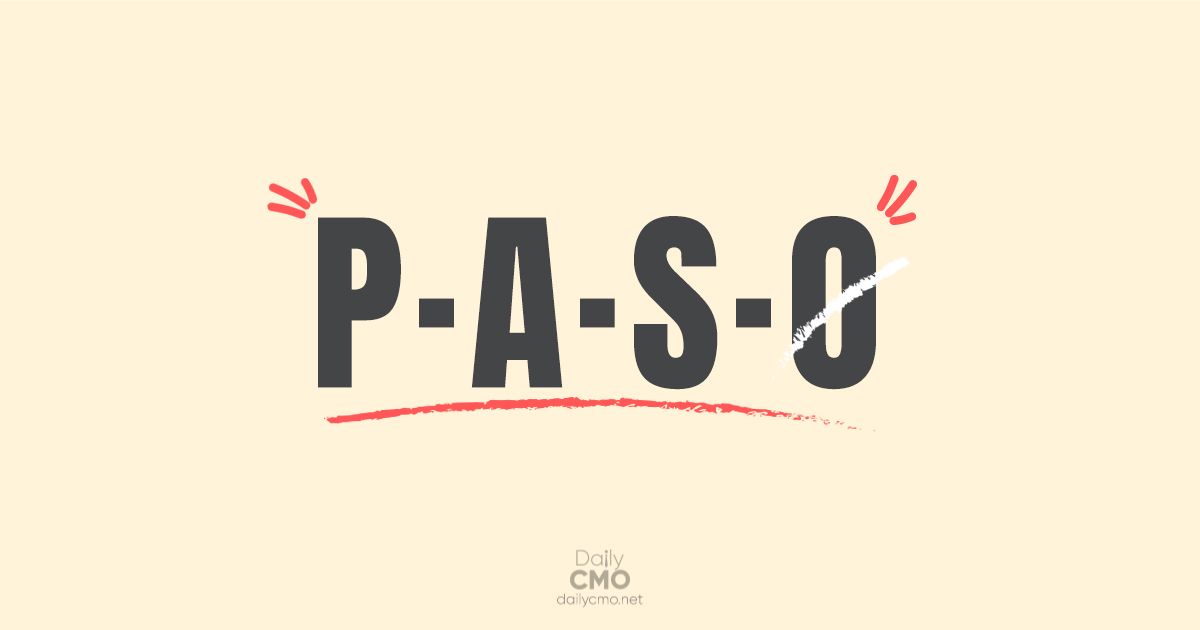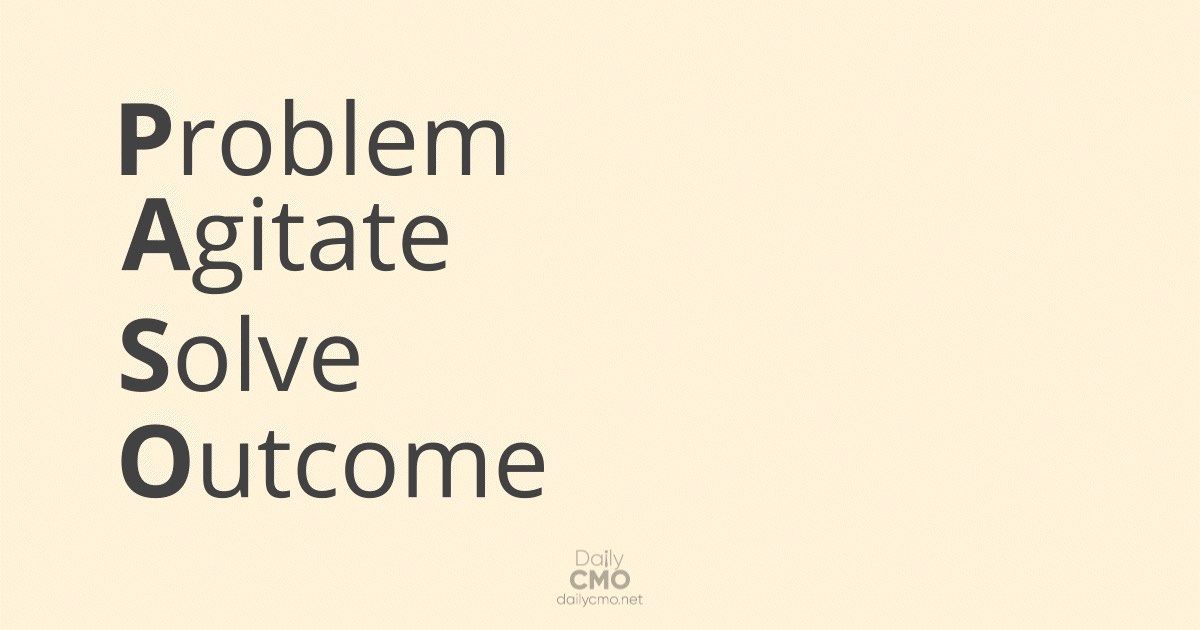Get your customers to take action with this copy framework.
People buy things based on emotions, not logic. This copy framework will help them to take action.

People make buying decisions – only when they are triggered by something. On top of that, people buy based on emotions, not logic.
So your marketing has to touch on your prospect's emotions. What motivates someone to buy your product – right now? Why not later?
Turns out, marketers have been effectively nudging their customers with copywriting.
Think about it. 'Copy' (short for copywriting), appears on almost every marketing asset. Whether it's emails, social media posters, websites or billboards that you create – it contains copy.

Good copywriting can generate interest - and motivate the reader to take some form of action, whether to make a purchase, subscribe, engage, share, and more.
But writing copy is tricky.
Here are some rules for writing good copy:
- Good copywriting focuses on the customer and their pain points, not the business.
- Good copywriting is simple.
- Good copywriting is 'visual'. It gets the reader to visualize.
- Good copywriting is usually in the form of stories.
And lastly, most good copywriting follows some sort of framework. You don't have to blindly write your copy according to a framework, but use it as a guiding pole as you write persuasive copy.
Let's look at how to use a popular copywriting framework called PAS – Problem, Agitation, Solution.
PAS Copywriting Framework
I don't know who initially came out with PAS framework, but here’s what they stand for:
- P – Problem
- A – Agitate
- S – Solve
- O – Outcome
I like adding another O that stands for 'outcome' to the PAS framework. This makes the framework even more powerful, mainly because people generally buy things to get an outcome.

Here's how to use the framework.
Let's say you're designing a landing page.
Start by identifying a known problem you know your reader faces. Then agitate the problem using descriptive words – telling them how much pain or disappointment will come if the problem is not resolved.
Then present the solution that will solve the problem and remove all pain. Finally, describe the outcome that your reader will receive as a result of consuming the solution.
Example: Let's try selling a pillow with the PAS Framework
Let's say your business sells amazing hotel-grade pillows. Let's try the PAS framework.

Problem
Are you getting poor sleep at night? It takes you longer than 30 minutes to fall asleep, you wake up a few times during the night and you're constantly feeling tired at work.
Agitation
Because you're always tired, maybe this has affected your productivity at work. You start making more mistakes at work and you might lose that year-end bonus because you're not hitting your targets.
Solution
Did you know 85% of poor sleep is caused by the pillow? In most cases, poor sleep can be improved by simply changing your pillow.
Try our sleep-engineered pillows. They are designed to aid poor sleep. Try it for 30-days and if doesn't help you sleep better, you can return the pillows to us for free.
Outcome
Imagine feeling fresh and energetic every day. Your colleagues still constantly need coffee to stay alert. But you no longer depend on coffee.
Instead, you can power through a whole day of work without taking long breaks.
Focus on your customer's pain.
The reason the PAS framework works is that humans are generally wired to avoid pain. Your marketing is effective when it clearly shows a way for your customer to solve their pain and get a desired outcome.
Try the PAS framework for your emails, landing pages, website, social media posts, and ads – and see if you get better engagement and sales.
